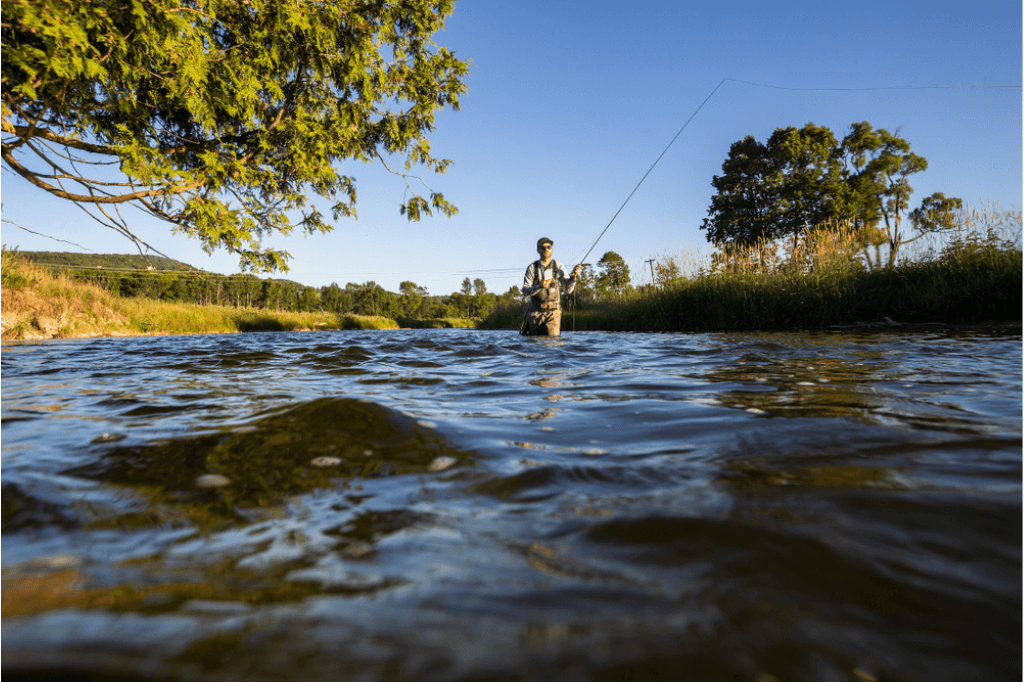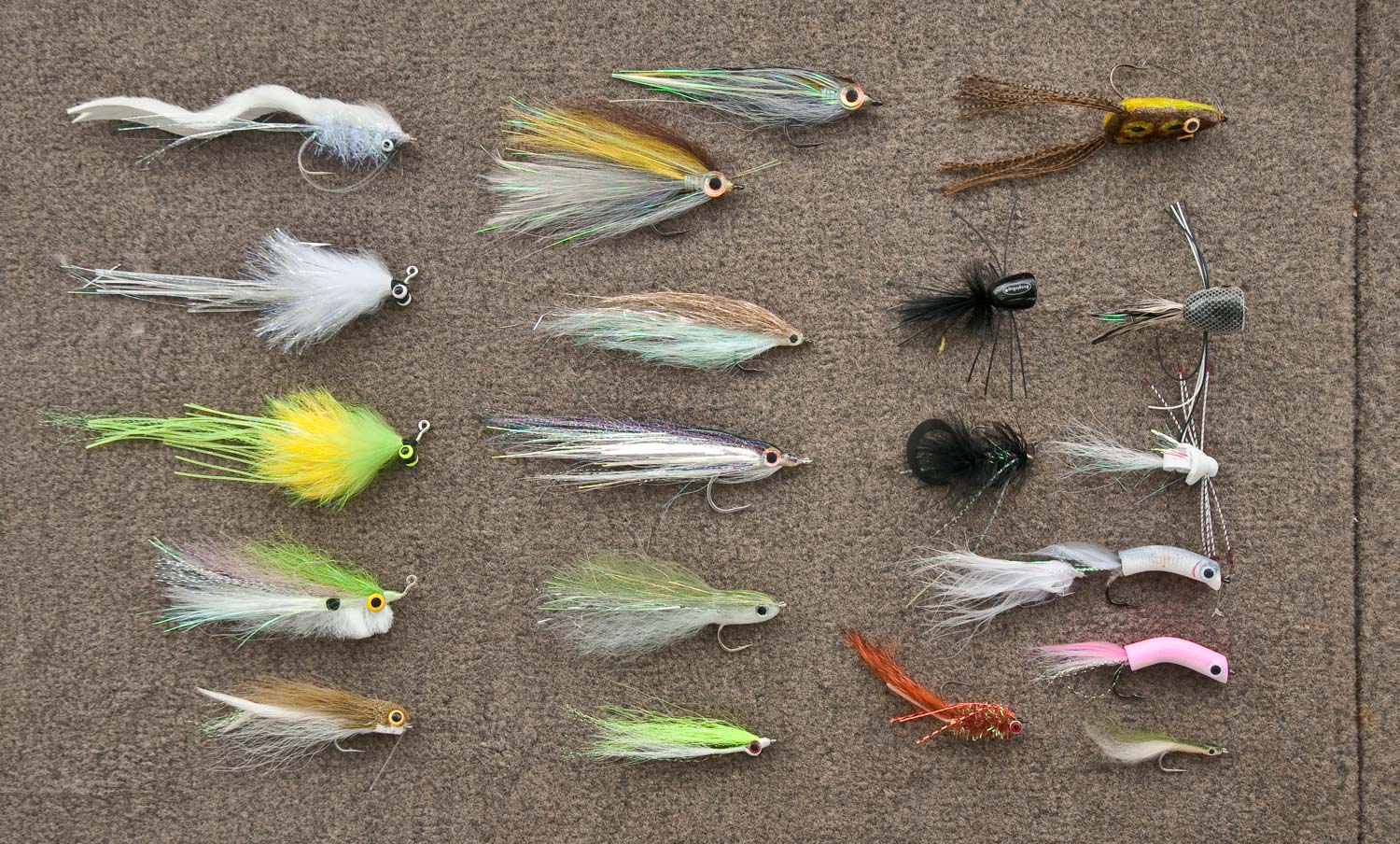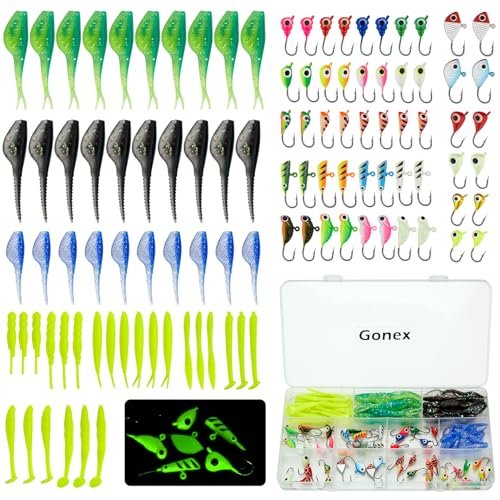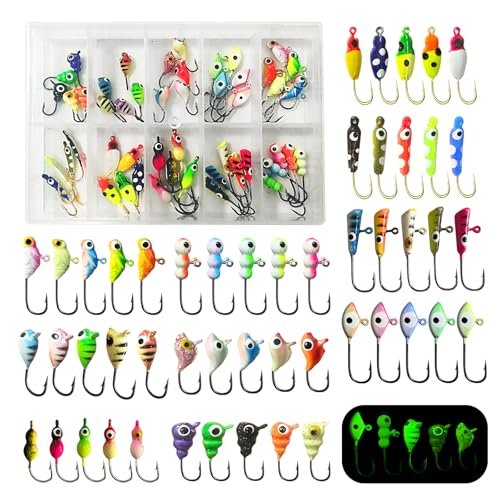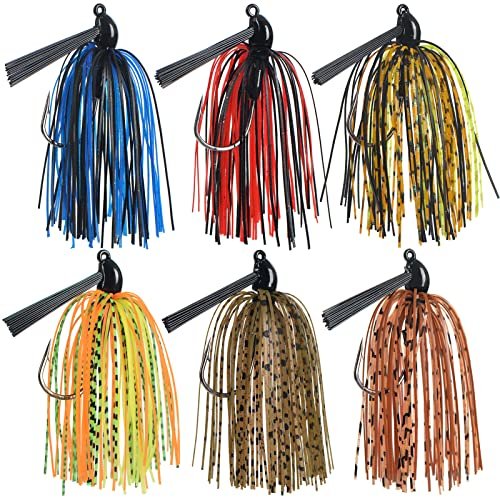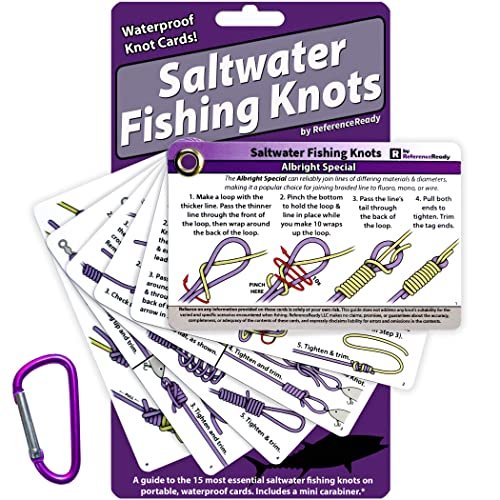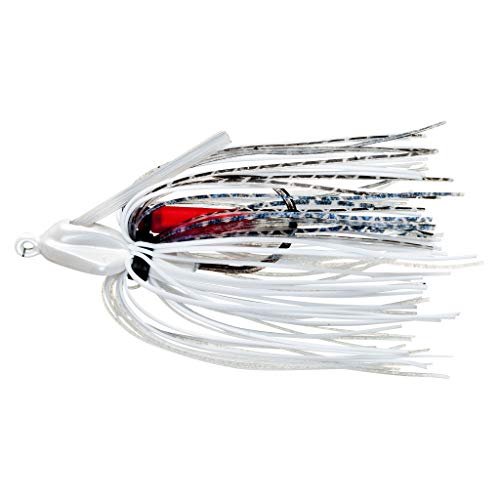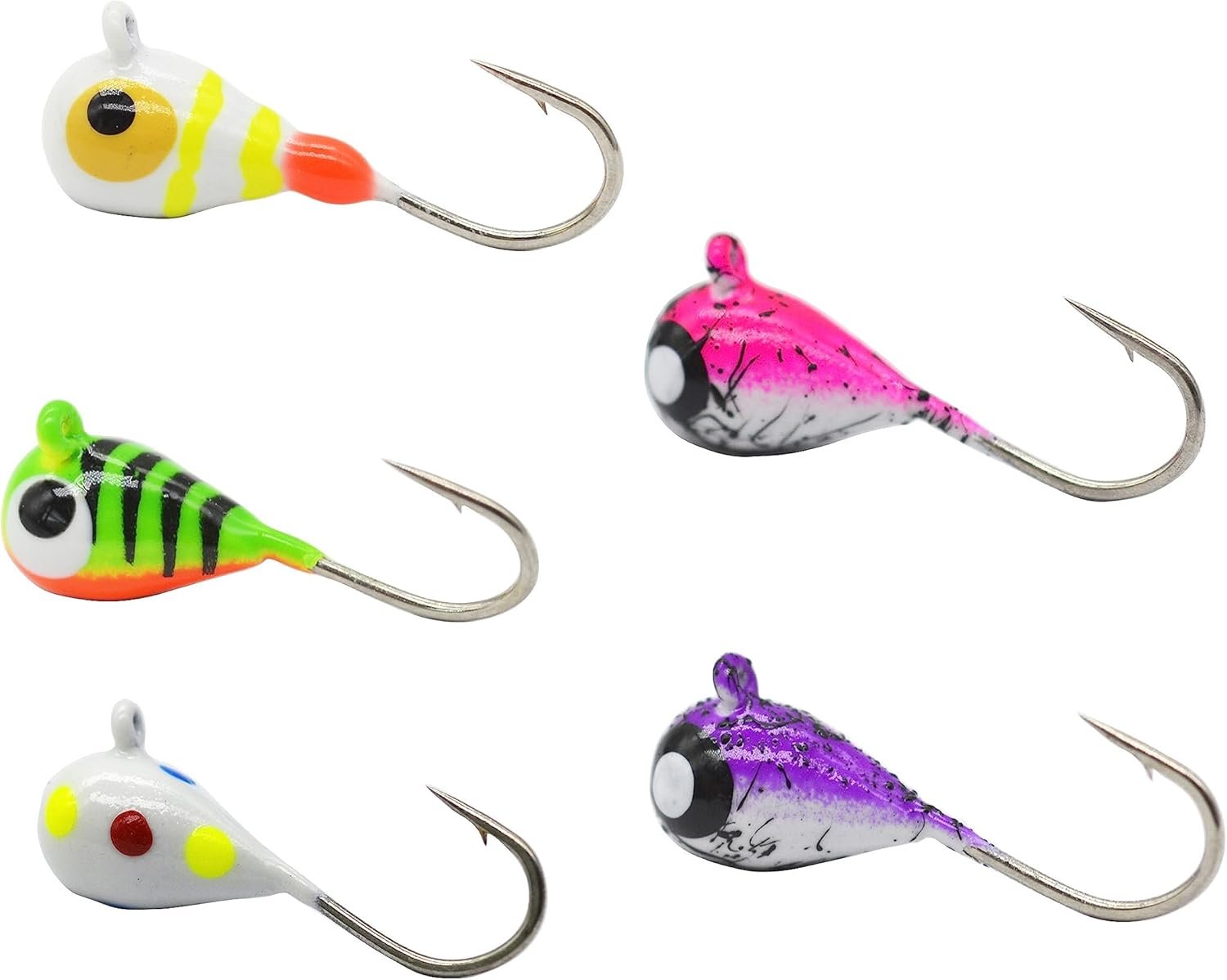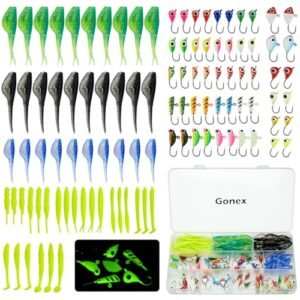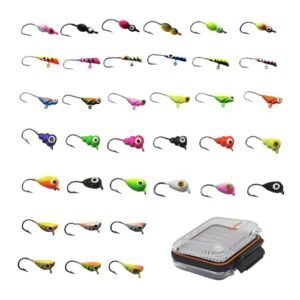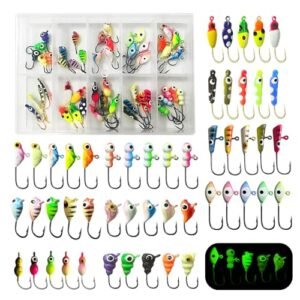Fly fishing for bass is a thrilling and skilful sport that combines the serenity of nature with the excitement of the catch. It requires precision casting, knowledge of bass behaviour, and the ability to present the fly enticingly. This form of fishing isn’t just about the catch; it’s an art that celebrates the dance between angler and fish.
Enthusiasts appreciate the nuanced approach to lure these intelligent creatures. Whether you’re wading in a crystal-clear stream or casting from a boat on a calm lake, fly fishing for bass offers an immersive outdoor experience. With the right gear, techniques, and a bit of patience, you can master the art of fly fishing and enjoy the rush of reeling in a spirited bass.
Introduction To Fly Fishing For Bass
Fly fishing for bass is an adventure blending skill, patience, and the great outdoors. This introduction will dive into why the sport reels in enthusiasts and why bass is the catch of the day for many.
Popularity Of The Sport
Fly fishing has surged in popularity. It offers a unique challenge compared to traditional fishing. Anglers enjoy the active engagement and the artful technique required. It’s a sport that connects people with nature, demanding focus and precision.
Many fly fishers find joy in the peaceful settings and the thrill of the catch. The community is welcoming, sharing tips and stories of their best catches. This sport suits all ages, making it a family-friendly activity.
Why Bass Makes A Great Target
Bass are popular for many reasons. They are found in diverse habitats across the country, making them accessible to many anglers. Bass have a reputation for being fighters; catching them is a testament to an angler’s skill.
These fish grow to impressive sizes, offering a rewarding challenge. They respond well to a variety of flies, which means more action on the water. Their aggressive strikes make for an exciting experience.
Seasoned pros and beginners alike can enjoy the pursuit of bass. The fish’s behaviours and tendencies encourage learning and growth in fly fishing techniques.
Best Seasons For Bass Fly Fishing
Fly fishing for bass offers excitement across different seasons. Each season requires unique strategies. Knowing the best seasons for bass fly fishing enhances the experience. This guide covers optimal tactics for spring, summer, and autumn.
Spring Strategies
Spring marks the start of bass activity. Bass move into shallower waters. This makes them easier to target. Use lighter flies that mimic early-season bugs. Focus on areas near spawning beds. Water temperature is key. Bass become more active as it rises.
- Use floating lines for topwater action.
- Opt for slow-moving flies to mimic natural prey.
- Early morning and late afternoon are prime times.
Summer Tactics
Summer brings warmer waters and aggressive bass. They feed actively. This is your chance for exciting topwater fly fishing. Focus on dawn and dusk to avoid the midday heat. Areas with shade or cover are hotspots.
- Choose bright-coloured flies for clear waters.
- In murky waters, use larger, noise-making flies.
- Stay hydrated and protect yourself from the sun.
Autumn Approaches
As water cools, bass prepare for winter. They feed heavily. This is a great time for fly fishing. Fall fishing can be rewarding. Use flies that mimic local baitfish. Focus on areas where baitfish gather. Be ready for sudden strikes.
| Time of Day | Recommended Fly |
|---|---|
| Morning | Streamers |
| Afternoon | Topwater Flies |
| Evening | Woolly Buggers |
Understanding Bass Behaviour
Fly Fishing for Bass dives deep into the thrilling world of catching bass. Understanding Bass Behaviour is key. This section explores their world, helping anglers improve their skills.
Habitat Preferences
Bass love certain places to call home. They prefer clear, warm waters. Structures like logs, rocks, and plants are their favourite hideouts. These spots offer safety and a good hunting ground.
- Lakes and ponds with lots of plants.
- Rivers and streams with slow-moving water.
- Areas around submerged objects where they can hide.
Feeding Patterns
Bass are opportunistic feeders. They eat when they can, mostly at dawn and dusk. Their diet includes smaller fish, insects, and even small birds or mammals that fall into the water.
| Time of Day | Feeding Activity |
|---|---|
| Early Morning | High, hunting in shallow waters. |
| Late Evening | High, more aggressive feeding. |
| Midday | Low, resting in deep waters. |
Understanding these patterns helps anglers choose the right time and place for fishing.
Essential Gear And Equipment
Essential Gear and Equipment are the backbone of a successful fly fishing trip targeting bass. Without the right tools, even the most skilled anglers can find themselves at a disadvantage. Let’s dive into what you need to ensure you’re well-equipped for your bass fly fishing adventure.
Choosing The Right Rod
The rod is your primary tool and choosing the right one is critical. For bass, a rod that is between 6 to 8 feet long and rated for 6 to 8 weight lines strikes a good balance. It offers enough power to cast larger flies and control strong fish. Fast action rods are preferred for their stiffness and power.
Reels And Lines
- A sturdy reel is a must for bass. It should match your rod’s weight and have a smooth drag system.
- Lines come in various types; a weight-forward floating line is versatile for many situations. Consider a sink-tip line for deeper waters.
Flies Selection
Bass are opportunistic feeders, so a variety of flies is essential. Your collection should include:
| Topwater | Subsurface | Deep Water |
|---|---|---|
| Popper Flies | Streamer Flies | Crayfish Patterns |
| Frog Patterns | Woolly Buggers | Heavy Nymphs |
Experiment with colors and sizes to find what works in your fishing spot. Always have a good assortment to adapt to the bass’s preferences that day.
Casting Techniques For Bass
Mastering casting techniques is key to successful bass fly fishing. Different situations call for unique casting styles. Learn these to catch more bass.
Basic Casts
Fly fishing for bass begins with basic casting. These casts suit beginners and seasoned anglers alike. They provide a solid foundation for fly fishing success.
- Overhead Cast: The most common technique. It works well in open spaces.
- Sidearm Cast: Useful around obstacles. It keeps the line low to the water.
- Roll Cast: Perfect when backcast room is limited. It relies on the water’s surface to load the rod.
Advanced Casting Tips
To target bass more effectively, advanced casting tips can elevate your technique. These tips refine your skills and increase your catch rate.
| Tip | Benefit |
|---|---|
| Double Haul | Increases line speed for longer casts. |
| Mend the Line | Prevents drag, allowing a natural fly presentation. |
| Accuracy Practice | Improves precision, essential for targeting bass hiding spots. |
With practice, these advanced casting tips will become second nature. They will help you reach bass in the most challenging locations.
Finding The Perfect Spot
Finding the perfect spot for fly fishing for bass can turn a good day on the water into a great one. Bass are known for their fighting spirit and the thrill they provide once hooked. To increase the odds of a successful catch, anglers must understand the importance of location. The right spot combines the bass’s natural habitat with ideal water conditions.
Reading The Water
Identifying promising fishing spots is crucial. Look for areas with structures, such as submerged logs, rock piles, or weed beds. Bass often hide in these places, waiting to ambush prey. Also, seek out points where streams or inlets bring fresh water and nutrients into the lake, as bass gravitate towards these dynamic environments.
- Currents: Bass often swim in the current to conserve energy and catch food.
- Water clarity: Clear water allows for better visibility of the fly, while murkier water may require brighter or more vibrating flies.
- Depth changes: Sudden depth changes can be hot spots for bass, especially near drop-offs.
Stealth And Approach
Approach the water with care to avoid startling the fish. Move slowly and use natural cover to your advantage. Cast your line from a distance to prevent shadows or disturbances on the water’s surface, which can alert bass to your presence. Wearing camouflage or colors that blend with the environment can also help you go unnoticed.
| Tactic | Reason |
|---|---|
| Slow movements | Prevents scaring the fish |
| Low profile | Keeps angler hidden |
| Cast from afar | Limits disturbance |
Setting The Hook And Playing The Fish
Mastering the art of setting the hook and playing the fish is crucial in fly fishing for bass. It’s a thrilling dance between angler and fish. Get it right, and you’re one step closer to a successful catch.
Hook Setting Basics
Setting the hook starts with timing. Watch your line and strike when you feel a tug. Bass have tough mouths, so a firm, quick motion is key. Direct the rod tip upward to secure the hook.
- Wait for the fish to take the fly.
- Strike quickly but don’t jerk the rod.
- Use a sharp, upward motion.
Practice makes perfect. Keep your line tight and stay alert for the best chance at hooking that bass.
Fight And Retrieve
Playing the fish requires patience and skill. Keep the line tight and the rod bent. This tires the fish and prevents the hook from loosening.
| Step | Action |
|---|---|
| 1 | Keep the rod tip up. |
| 2 | Reel in slack line. |
| 3 | Let the fish run if it needs to. |
| 4 | Retrieve line when the fish tires. |
Remember to adjust your drag setting. A balanced drag system prevents line breaks. Stay calm, and guide the fish toward you. Soon, the bass will be within reach.
Catch And Release Best Practices
Catch and Release Best Practices ensure a future for bass fishing. Practicing these methods helps keep bass populations healthy. Let’s dive into how to handle and release bass safely.
Handling Bass Safely
Proper handling is crucial. Follow these steps:
- Wet your hands before touching the bass. This protects their slime coat.
- Avoid touching the gills. Gills are very delicate.
- Use a firm grip on the mouth. This offers control without harm.
- Support the bass horizontally. Never hold it by the mouth vertically.
Revival And Release
Releasing the bass correctly is as important as catching it. Here’s how:
- Gently place the bass back in the water.
- Hold the bass underwater, supporting its belly.
- Move it back and forth to push water through its gills.
- When it starts kicking, let it swim away.
Remember, quick release is key. Limit air exposure to less than a minute.
Local Regulations And Conservation
Fly fishing for bass thrills anglers with its dynamic and strategic nature. Yet, success on the water means respecting both local regulations and conservation efforts. These rules protect fish populations and ensure fishing enjoyment for years to come.
Understanding Limits
Local regulations set catch limits and size restrictions. These rules balance fish population health with angler activities. Always check the latest regulations before heading out. This knowledge keeps both you and the bass population safe.
Here’s what you might find:
- Daily catch limits to control overfishing.
- Size requirements to let young bass grow.
- Seasonal restrictions to protect spawning fish.
Contributing To Habitat Preservation
Healthy habitats mean more fish and better fishing. Anglers play a key role in preserving these areas. Support local conservation programs. Use eco-friendly gear. Practice catch and release when possible. These actions keep bass habitats thriving.
Simple ways to help include:
| Action | Impact |
|---|---|
| Removing litter | Keeps water clean |
| Using lead-free weights | Protects wildlife |
| Reporting habitat damage | Aids restoration efforts |
Advanced Tactics
Mastering fly fishing for bass requires more than just basic skills. Advanced tactics can make all the difference. These techniques elevate your game and increase your chances of a successful catch. Let’s dive into these refined strategies.
Night Fishing
Fishing at night unlocks a new world of bass behaviour. Bass are less cautious and more active after dark. For successful night fishing:
- Use dark-coloured flies to create silhouettes against the night sky.
- Choose topwater lures for exciting surface strikes.
- Keep noise to a minimum to avoid spooking the fish.
Seasonal Strategies
Each season offers unique challenges and opportunities in bass fly fishing. Here are tips for each season:
| Season | Tactics |
|---|---|
| Spring | Target shallow waters where bass spawn. |
| Summer | Fish during early mornings or late evenings when bass are most active. |
| Fall | Look for bass feeding aggressively to prepare for winter. |
| Winter | Slow down your presentation as bass metabolism drops. |
Weather Considerations
Weather patterns greatly affect bass behaviour. Here’s what to keep in mind:
- Barometric pressure changes can trigger bass to feed.
- Overcast skies often lead to more active fish.
- Wind can stir up food, making bass more likely to bite.
Common Mistakes To Avoid
Fly fishing for bass can be thrilling. Yet, some common mistakes can spoil the fun. Avoiding these errors makes the experience better. Let’s dive into what to watch out for.
Gear Missteps
Choosing the right gear is crucial. Many anglers make mistakes here. Let’s break them down:
- Wrong rod weight: A rod too light or heavy spoils casting.
- Inadequate line type: Bass requires a specific line type. Not any line works.
- Poor fly selection: Bass are picky. Choose flies that mimic their natural prey.
Casting Errors
Proper casting ensures your fly lands where bass lurk. Common casting errors include:
- Not enough practice: Practice makes perfect. Lack of practice leads to poor casting.
- Ignoring wind conditions: Wind alters casting. Adjust your technique accordingly.
- Overcasting: Casting too far scares fish away. Aim for precision, not distance.
Environmental Awareness
Understanding the environment is key. Here are mistakes to avoid:
| Mistake | Impact |
|---|---|
| Ignoring water temperature | Bass activity varies with temperature. Know the best times to fish. |
| Not observing water clarity | Clear water requires stealth. Murky water demands vibrant flies. |
| Overlooking structure | Bass love hiding places. Cast near structures like logs and rocks. |
Learning From The Pros
Mastering fly fishing for bass can be thrilling. Expert anglers often hold the secrets to success. Learning from these pros can elevate your skills. This section explores how guided trips and workshops can enhance your fly fishing journey.
Guided Trips
Guided trips offer hands-on experience with seasoned fishermen. These outings provide personalized coaching. You will learn techniques specific to bass behaviour in different waters. Here’s what to expect:
- Real-time advice: Tweak your cast as you learn.
- Local knowledge: Discover hidden spots full of bass.
- Tackle tips: Use the right gear for bass.
Choosing a guided trip often leads to a memorable catch. It’s a smart investment for any angler eager to improve.
Workshops And Clinics
Workshops and clinics provide structured learning environments. They cover various aspects of fly fishing. Pros share insights on casting, lure selection, and reading water. Look at the benefits:
| Workshop Type | Skills Covered |
|---|---|
| Casting Clinics | Perfect your casting technique. |
| Lure Workshops | Choose lures that attract bass. |
| Water Reading Sessions | Interpret water conditions for bass. |
Engaging with pros at these events can fast-track your learning. You gain from their years of experience. Take every chance to attend local workshops.

Frequently Asked Questions
Is Fly Fishing Effective For Bass?
Yes, fly fishing is an effective method for catching bass, as it mimics their natural prey and can entice strikes in various water conditions.
How To Fish For Bass On The Fly?
Choose a suitable fly rod, typically between 5 to 8 weight. Equip with a matching reel and floating line. Select flies that mimic local bass prey, like streamers or poppers. Cast near structures where bass hide, such as logs or weed beds.
Use short, quick strips to animate the fly.
What Flies To Use For Largemouth Bass?
For largemouth bass, topwater flies, streamers, and poppers are effective choices. Opt for patterns that mimic local baitfish or frogs for best results.
Can You Bass Fish With A 5 Weight Fly Rod?
Yes, you can use a 5 weight fly rod for bass fishing, especially for smaller bass and in waters with lighter flies. It offers a fun, challenging experience but might be less effective for larger bass or heavy cover areas.
Conclusion: Fly Fishing for Bass
Embarking on a fly fishing adventure for bass unlocks a world of excitement and skill. With the right gear and techniques, anyone can master this thrilling activity. Remember, patience and practice are key to success. So, grab your rod and embrace the challenge – the bass are waiting.
Happy fishing!
